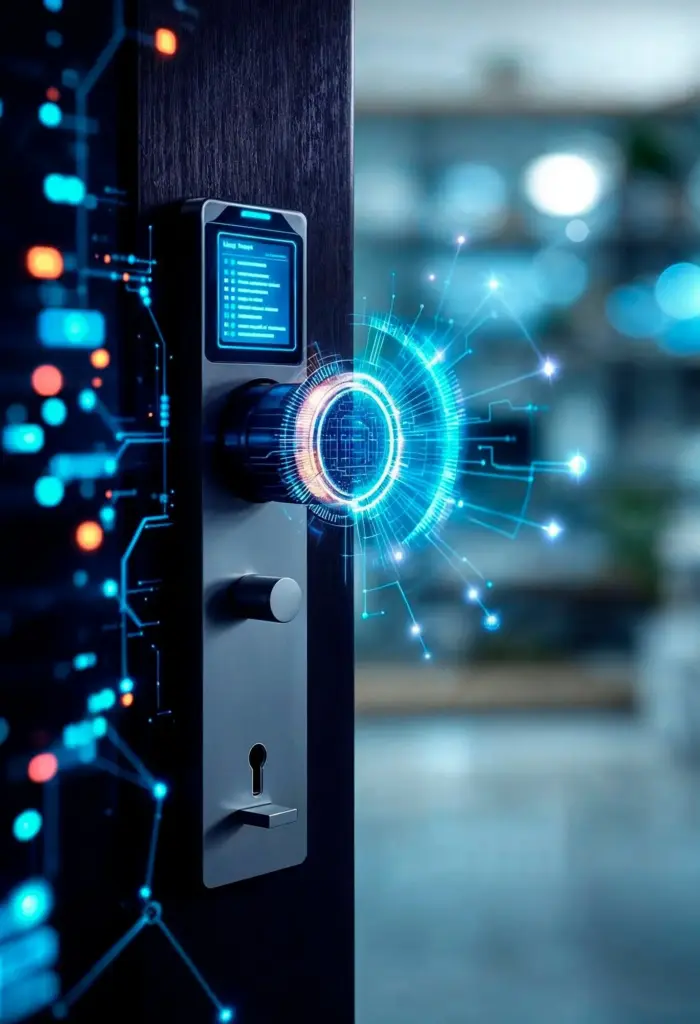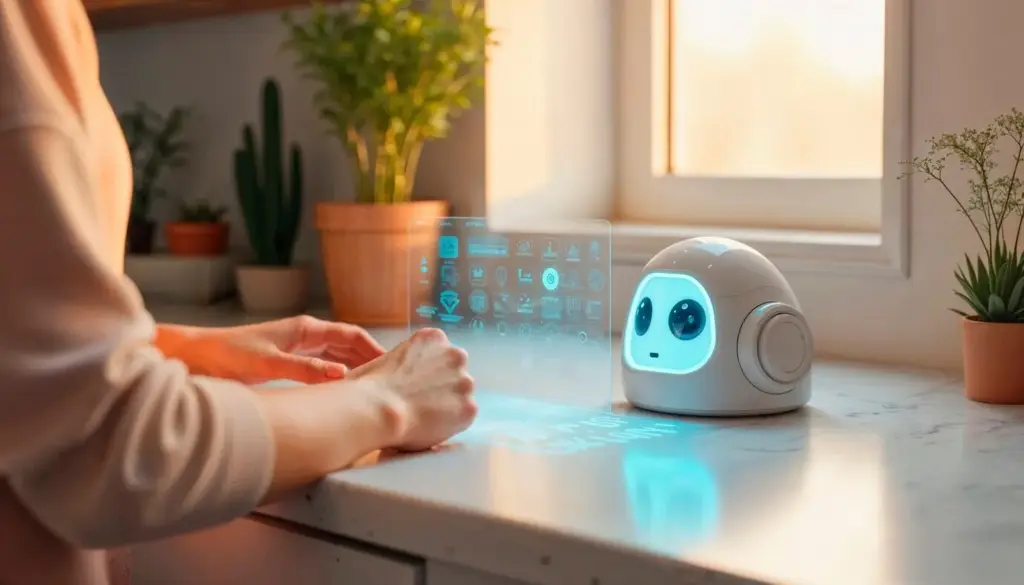Build a Smarter Home That Just Works
Signals That Play Nicely Together
When Standards Collide at Breakfast
Bridge or Go Native?
Designing for Failure

Choosing Between Zigbee, Z‑Wave, Thread, and Matter
Building a Rock‑Solid Mesh


Security Without the Headaches
Migration and Coexistence Strategies
Start with Lighting and Sensors
Lights, motion, and contact sensors demonstrate tangible wins quickly, revealing routing issues early without risking locks or alarms. Begin there, document response times, and validate scenes at different hours. Tell us which rooms you’ll tackle first, and we will suggest an order, measurement plan, and sanity checks that build momentum without disrupting family routines or important security workflows.
Coexist Peacefully During the Transition
Run old and new controllers side by side with clear device ownership to avoid dual control confusion. Use bridges for legacy gear and carefully label automations. Test cross‑system triggers sparingly. Post a list of your devices and current bindings; we will help design a coexistence plan that keeps reliability high while you gradually migrate routines and user habits without frustration.